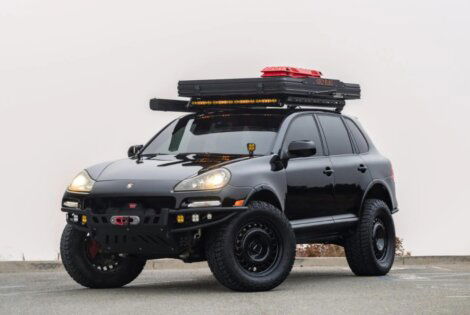If we can recall correctly, there were several startups and even established names in the aviation industry that envisioned flying cars before the decade rolled over. As it stands right now, most are still in the concept stage, with a few that have successfully completed test flights. However, if Ascendance Flight Technologies is to be believed, the ATEA could hit the skies as early as 2024.
This is a bold claim, and we highly recommend that you take it with a grain of salt in the meantime. Most of the projects announced before are yet to deliver their personal or commercial platforms that regulators have cleared. In our opinion, it’s better to completely iron out the kinks to prevent unwanted mishaps.
The ATEA is no different from almost every other concept currently in development or certification. It is configured as a VTOL aircraft to circumvent the need for a runway. However, instead of all-electric propulsion, Ascendance Flight Technologies proposes a hybrid system it calls STERNA.
If successful, this could become the ideal solution others in the industry can also use. Given how rechargeable batteries can add a significant amount of weight, a thermal engine powered by sustainable aviation fuels. In fact, the team is also looking into hydrogen fuel capabilities in the future.
This is a realistic approach as technological limitations mean net zero emission is still out of reach for those in the aviation and nautical business. Partnering with the French outfit is Dassault Systèmes. The latter is tasked with the prototyping process for the ATEA.
The hybrid eVTOL touts four wings, each with two rotors integrated to provide lift. Two forward-facing propellers are mounted on the nose and at the top of the vertical stabilizer on its tail. The ATEA was recently presented to attendees of the Paris Air Show 2023. It’s too early to tell if the 2024 target will come to fruition, but it’s a thrilling thought, nonetheless.
Discover More
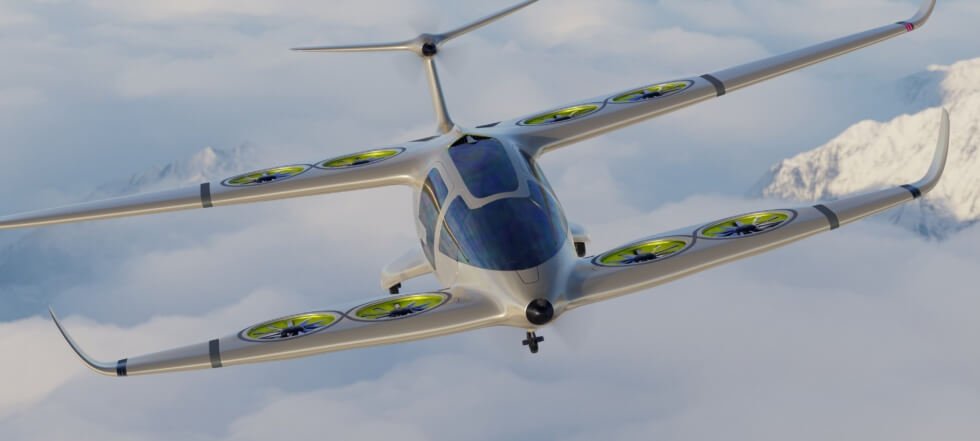
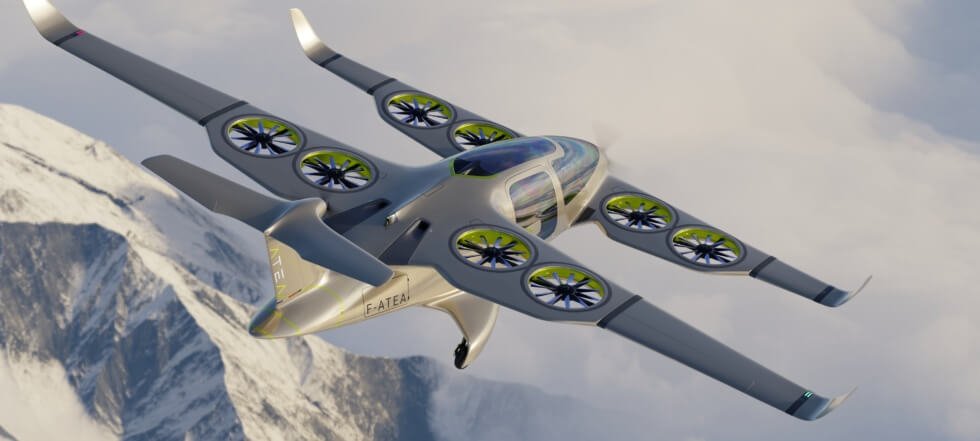
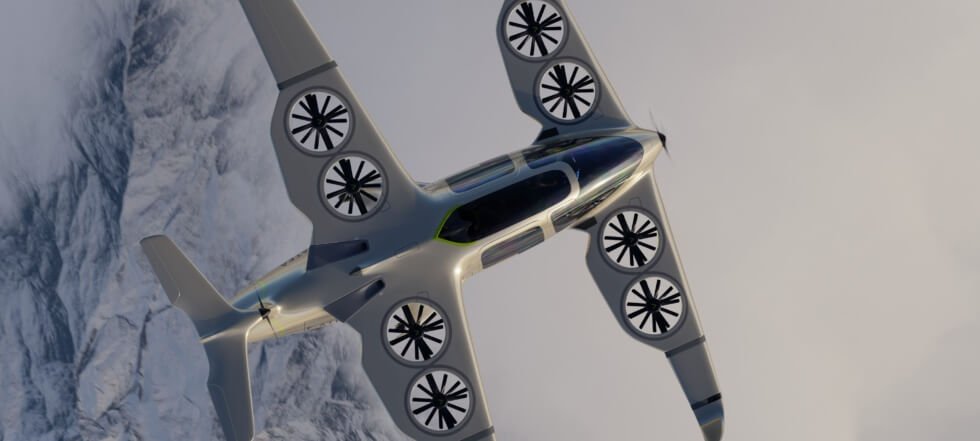
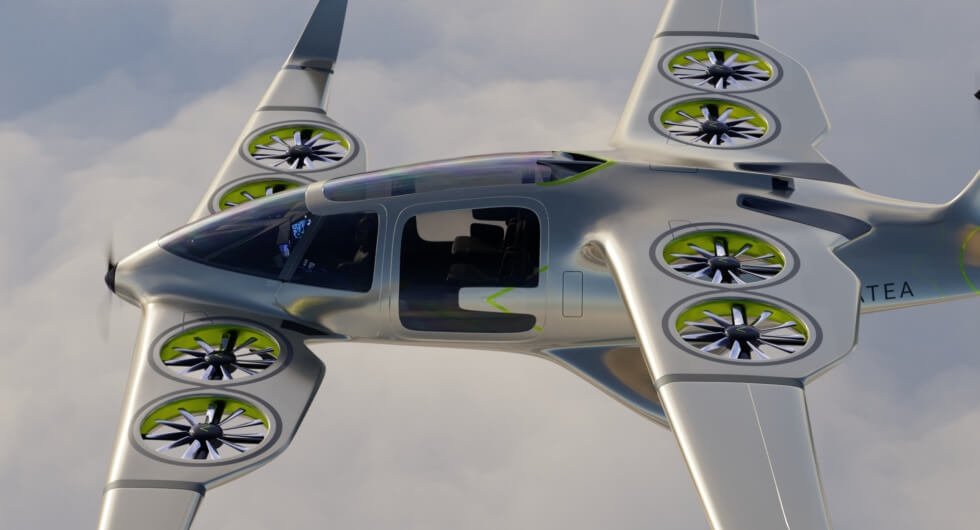
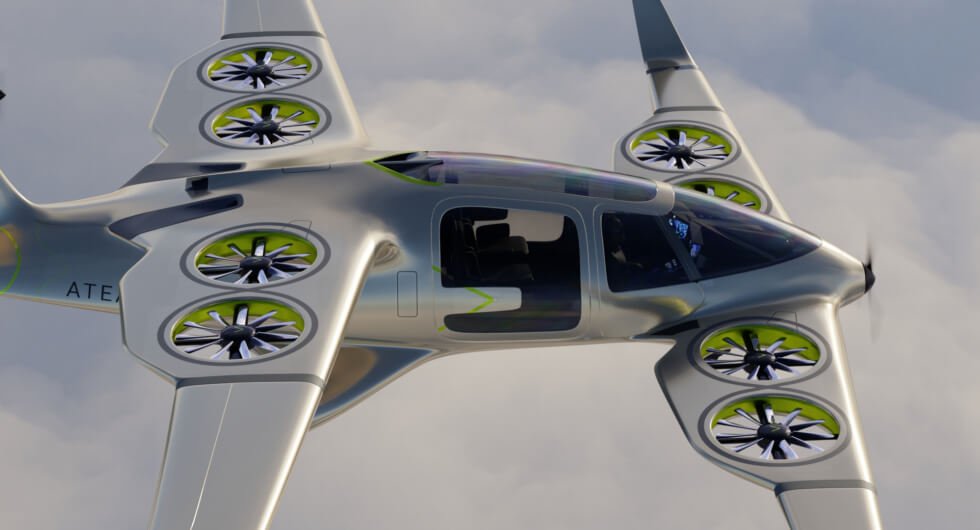
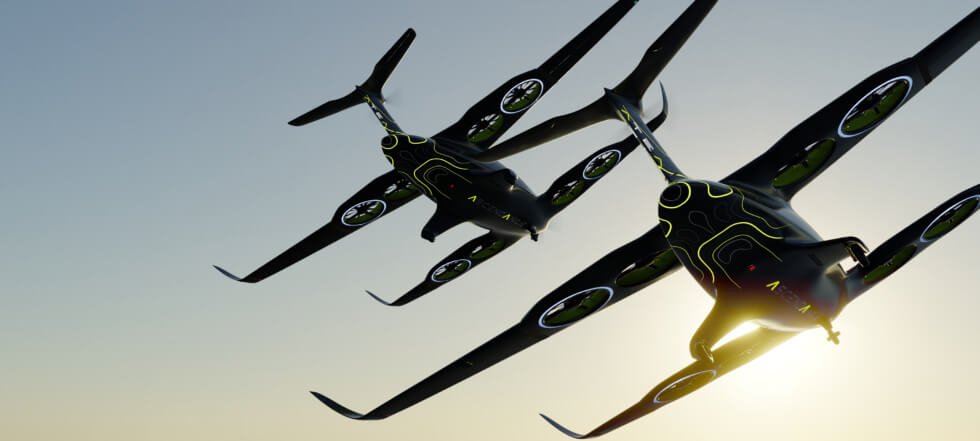

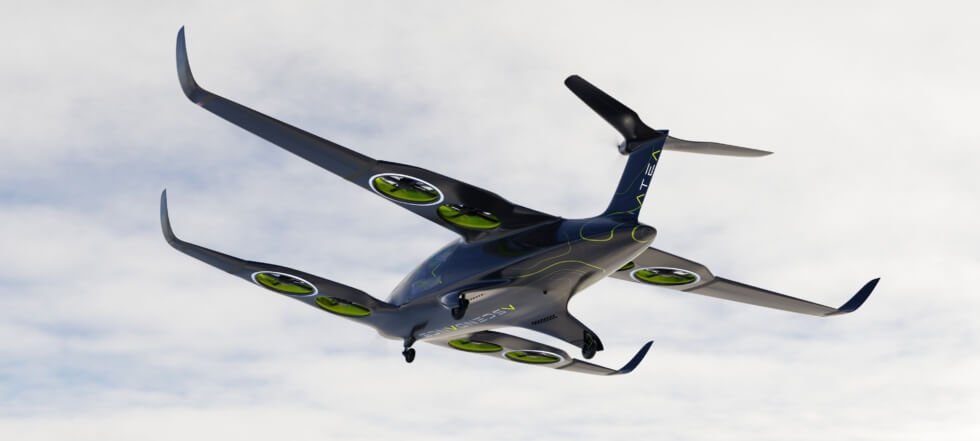
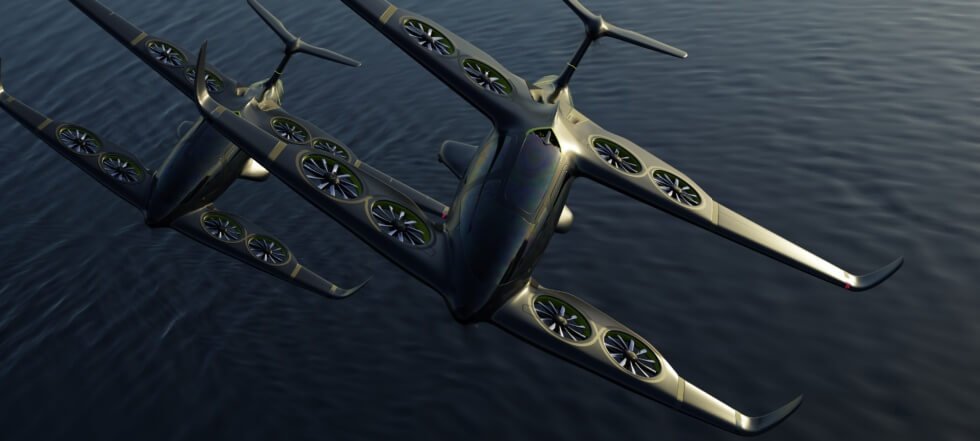
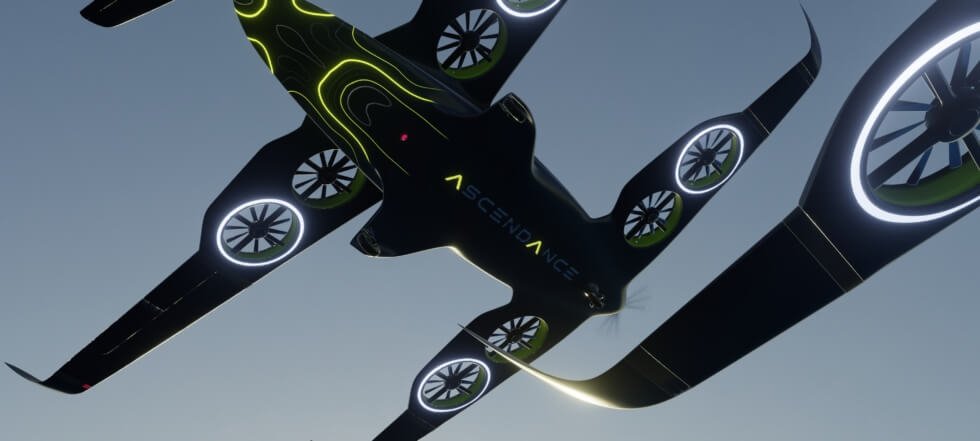
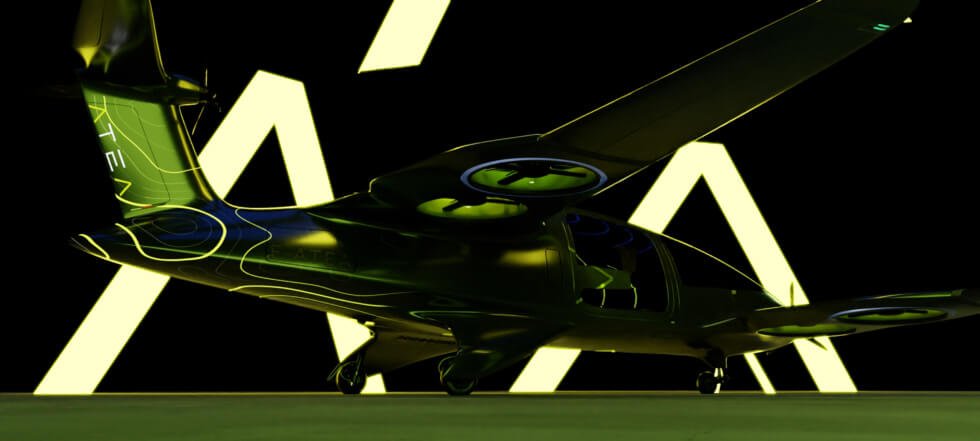
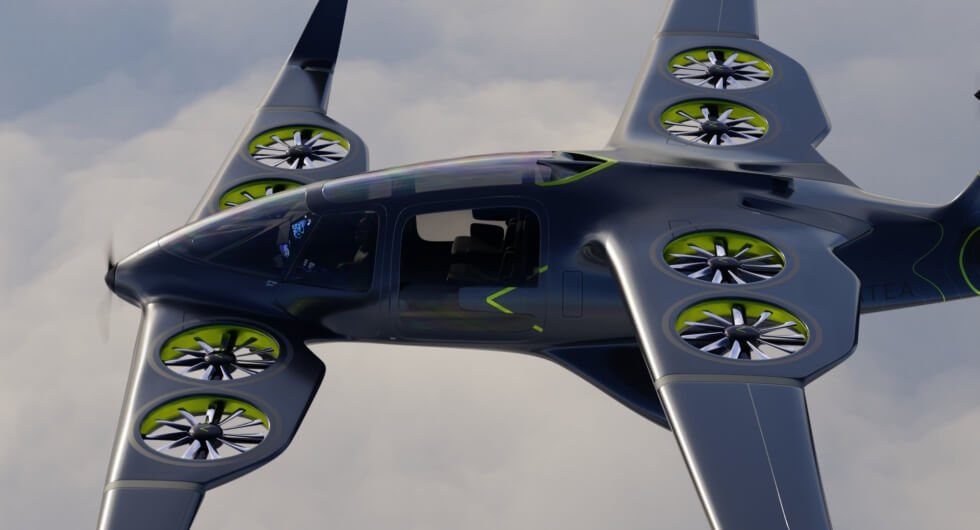
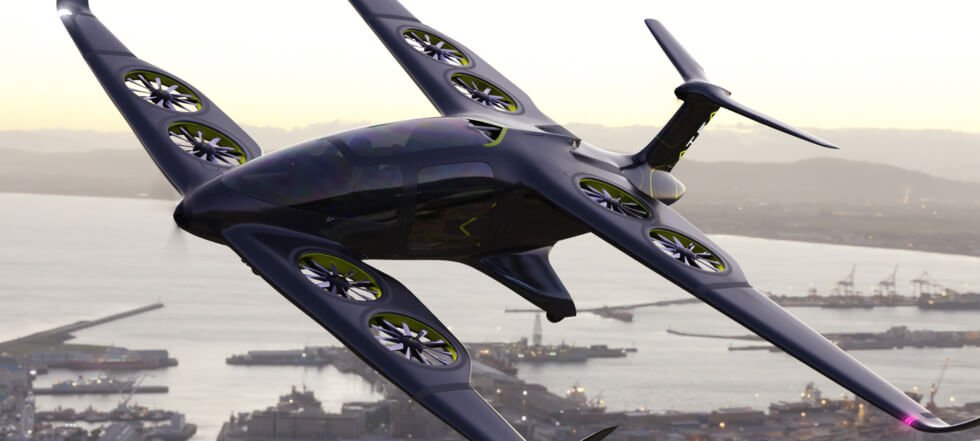
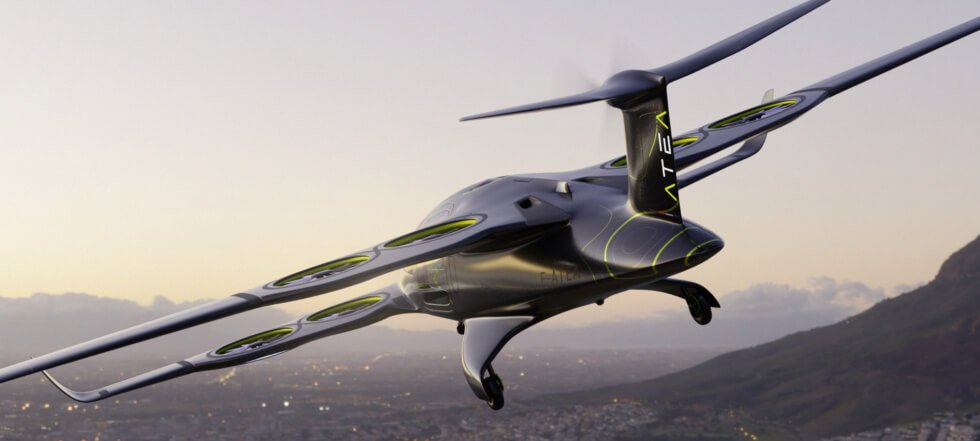
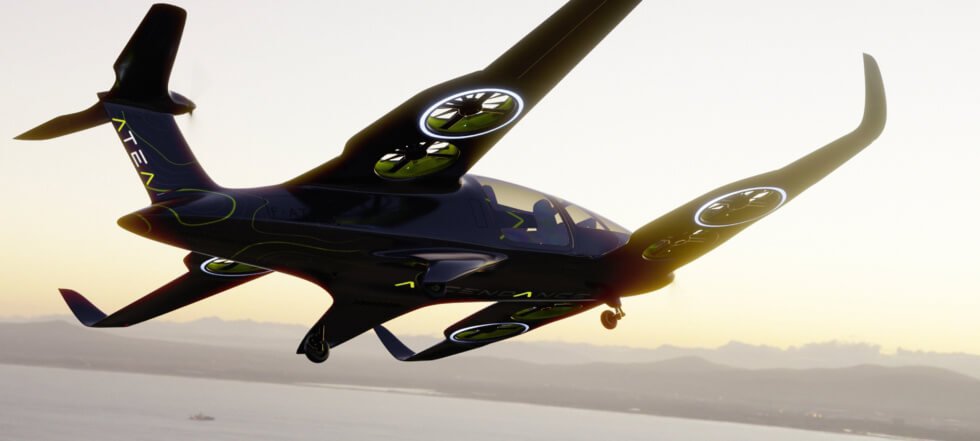

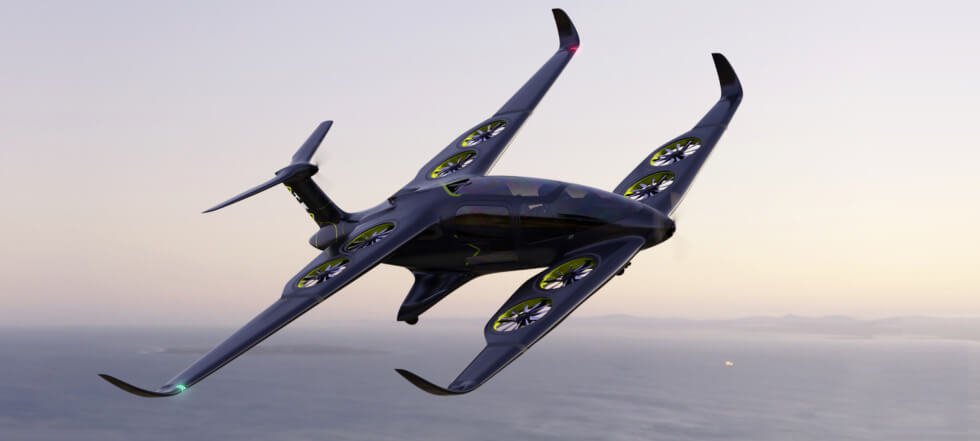
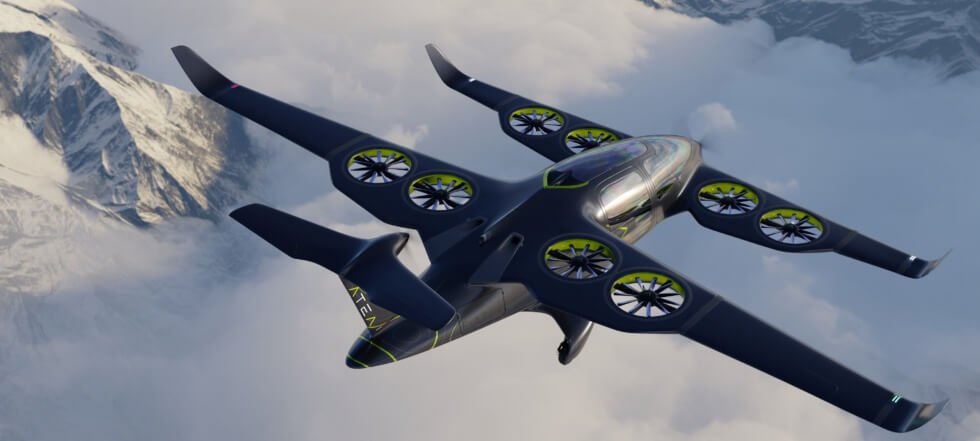
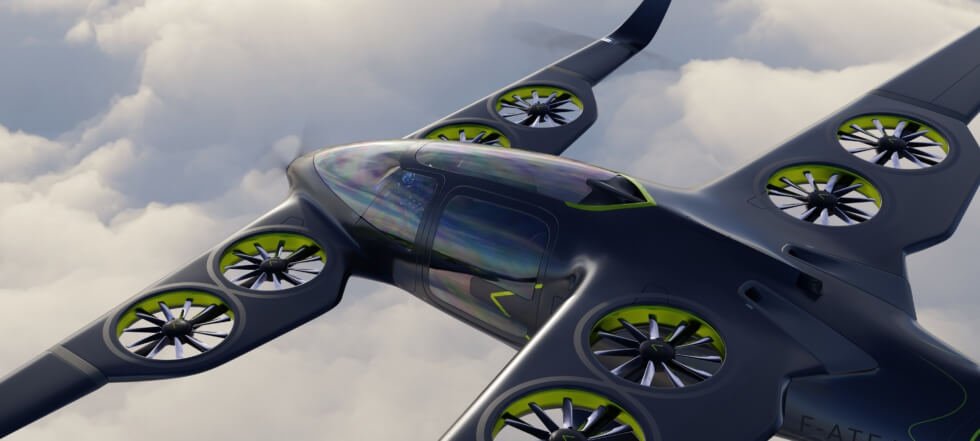
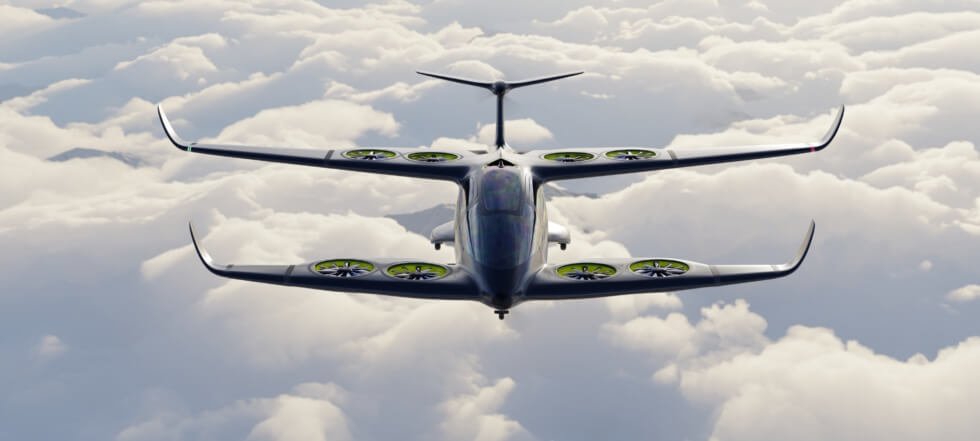
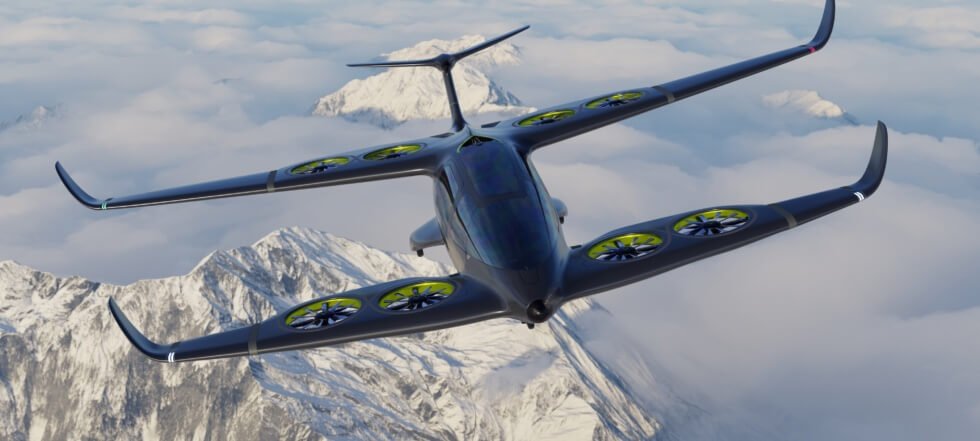

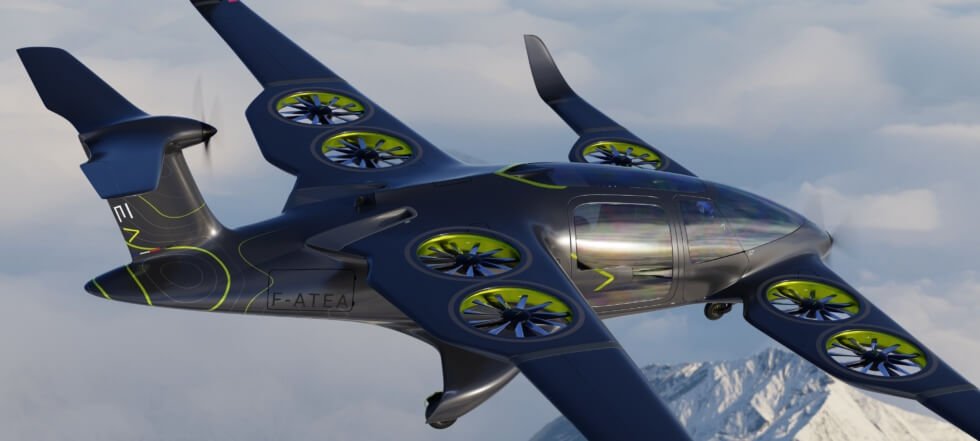
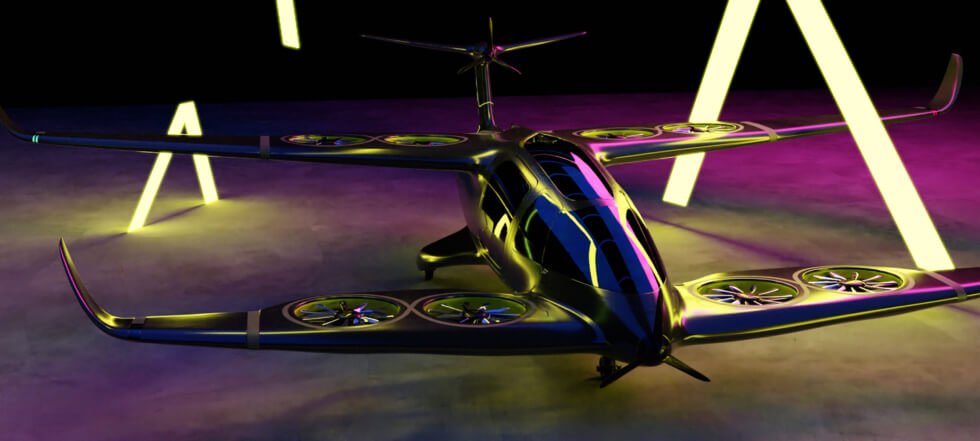

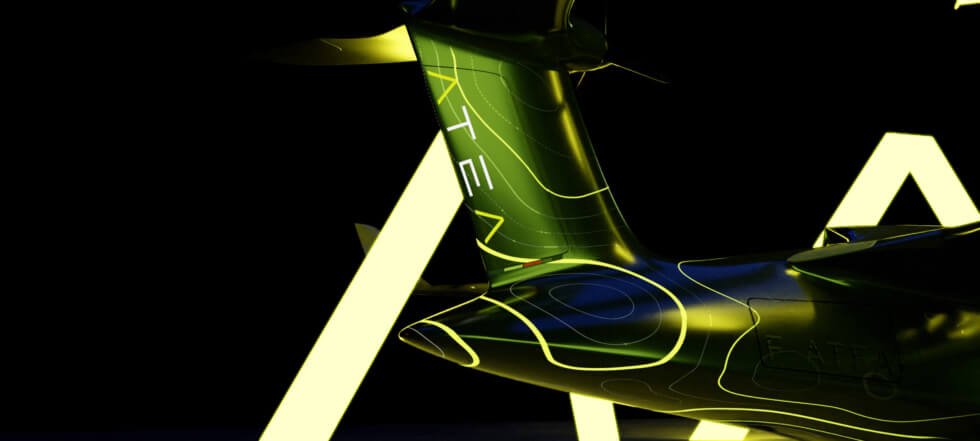
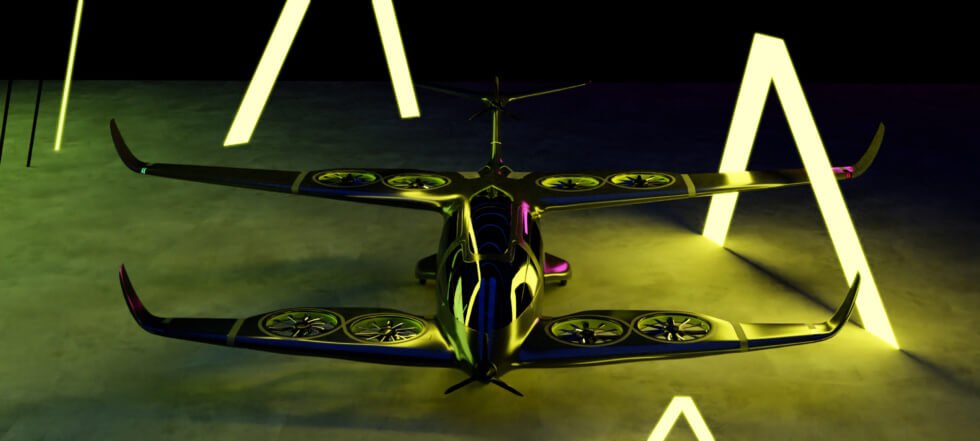
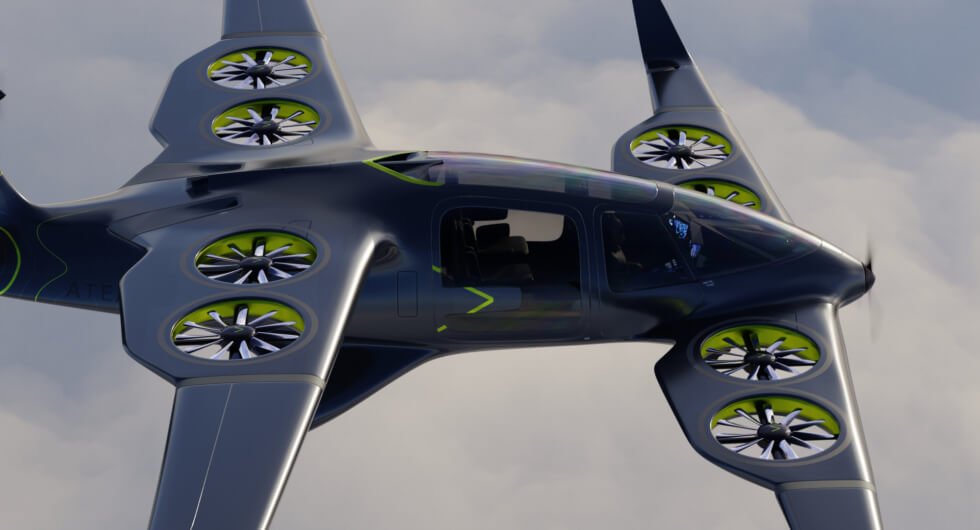
Images courtesy of Ascendance Flight Technologies






